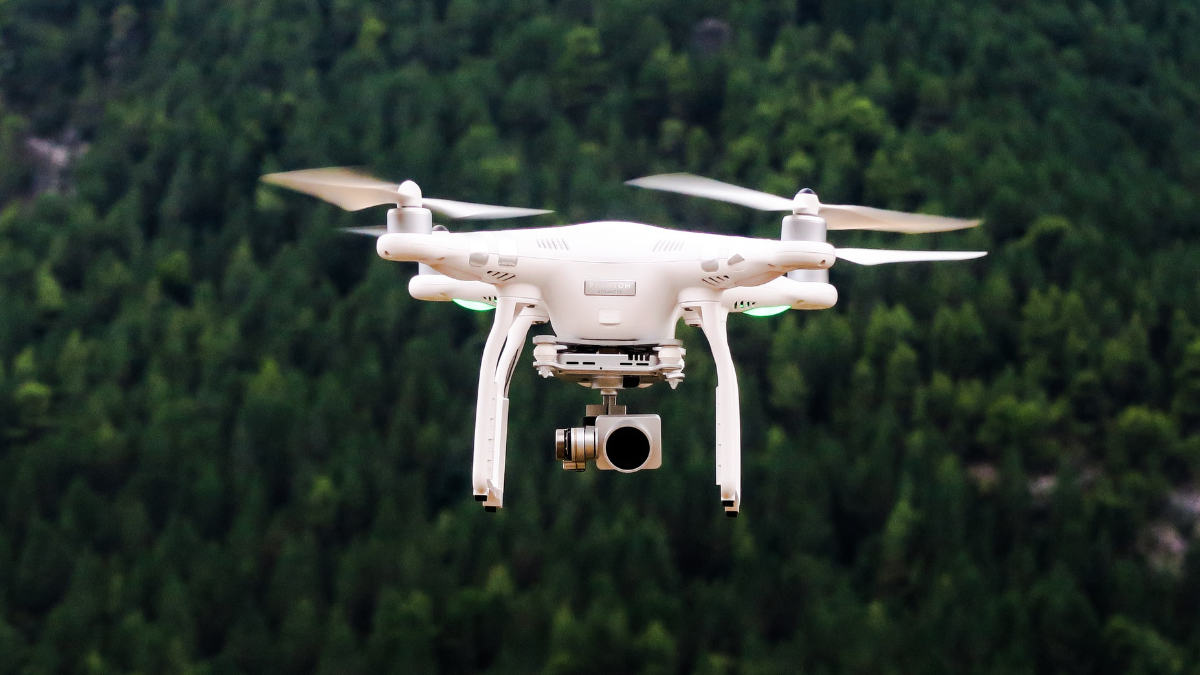Improving Speed and Slashing Carbon Emissions
Drone Delivery Is Transforming The Supply Chain
Drone delivery is a promising solution to America s supply chain crisis. As increasing demand combined with growing customer expectations for next-day or even same-day delivery continues to push the supply chain past its breaking point, current ground vehicle-based logistics networks are proving inefficient. Fortunately, drone technology is helping to transport goods with on-demand, just-in-time access, while also improving speed and convenience and slashing carbon emissions.

Drone delivery service live in Virginia
After getting the green-light from the government, Wing, an autonomous delivery drone service, successfully began delivering goods to residents in Christiansburg, Virginia over two years ago. They ve now made over 100,000 commercial deliveries. Walgreens, the first retail pharmacy to team-up with Wing, provides customers with over-the-counter medicines and health and wellness items, while FedEx Express are also working with Wing to provide some of their shipments via drone. Local Virginia retailer, Sugar Magnolia, is also selling gifts, sweets, and birthday cards with the option of Wing drone delivery. In fact, most orders within the four-mile radius of Wing s distribution facility arrive at customer s front doors in just 10 minutes.
Innovative technology
Wing s drones can travel at impressive speeds of up to 78 miles per hour and for around six miles in between charges. Two propellers and a dozen vertical rotors equip them with the ability to take off and land vertically. During pickup, the drones hover around 20 feet in the air, before a tether drops and a human operator connects the package to it. Next, the drone secures the package before delivering it to the recipient (it lowers and releases the package in the correct designated location). After sensing the package has been delivered safely, the drone continues to the next pickup destination. Routes are planned with automated flight-planning software, while a camera and in-built sensors help the drones avoid obstacles.
Improving efficiency and sustainability
Drones are just one piece of technology helping improve speed and efficiency in logistics. For example, rail freight is also becoming increasingly automated. In fact, 43% of rail operators intend to invest in artificial intelligence and machine learning to improve efficiency within the next three years. But, when it comes to drones, 87% of Christiansburg residents are happy with the service as it s convenient and reduces traffic congestion. In fact, drone delivery in a single U.S. metropolitan area is estimated to take the equivalent of 25,000 cars off the road and slash carbon emissions by up to 113,900 tonnes every year. Drones are also energy efficient and use far less energy than electric vehicles. As Wing explains, It takes more energy for you to boil pasta on your stove than it does for us to deliver you a box of pasta .
Although drones clearly aren t capable of handling all logistics, they re playing a key role in optimizing modern supply chains. By improving sustainability, speed, and resiliency, drone delivery services are set to become a lot more commonplace across the country in the near future.
